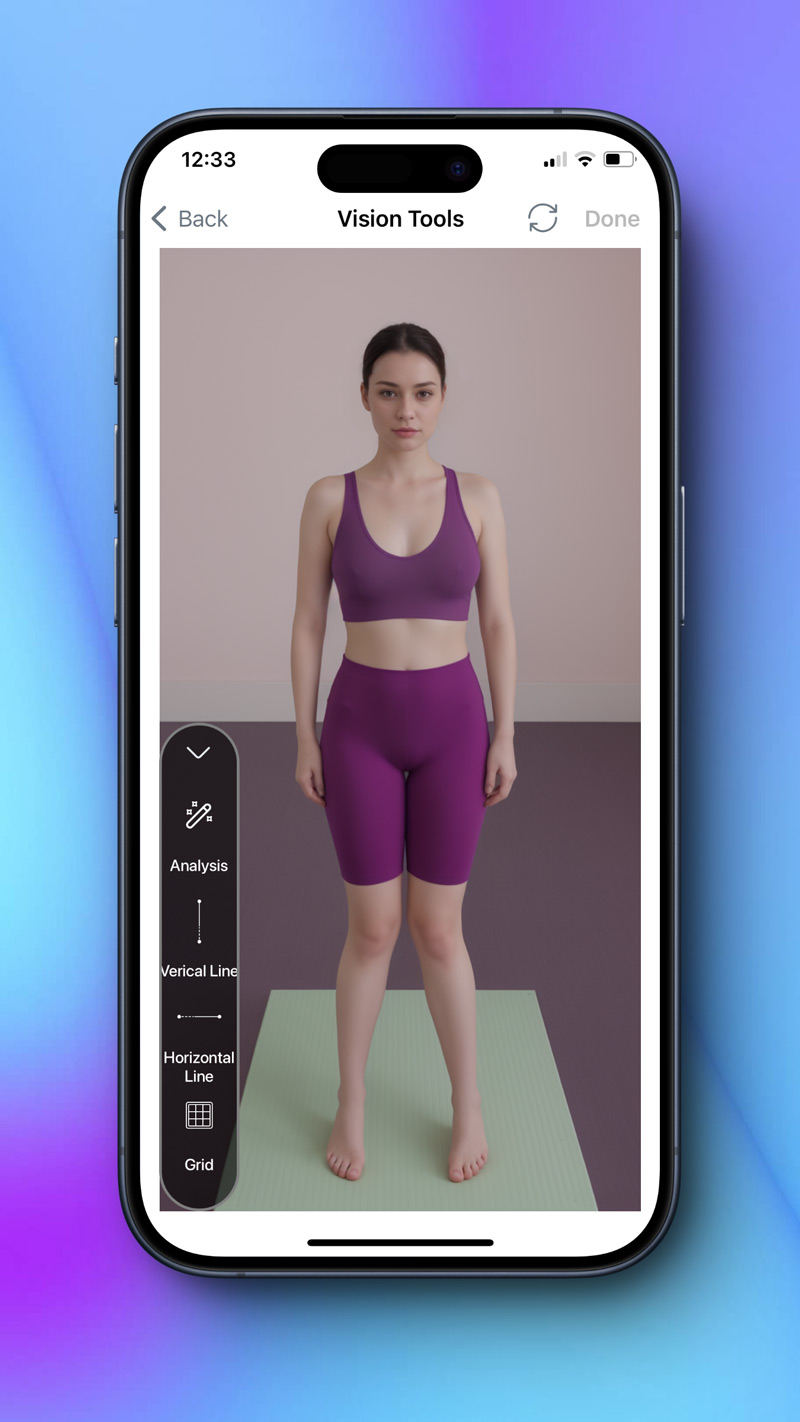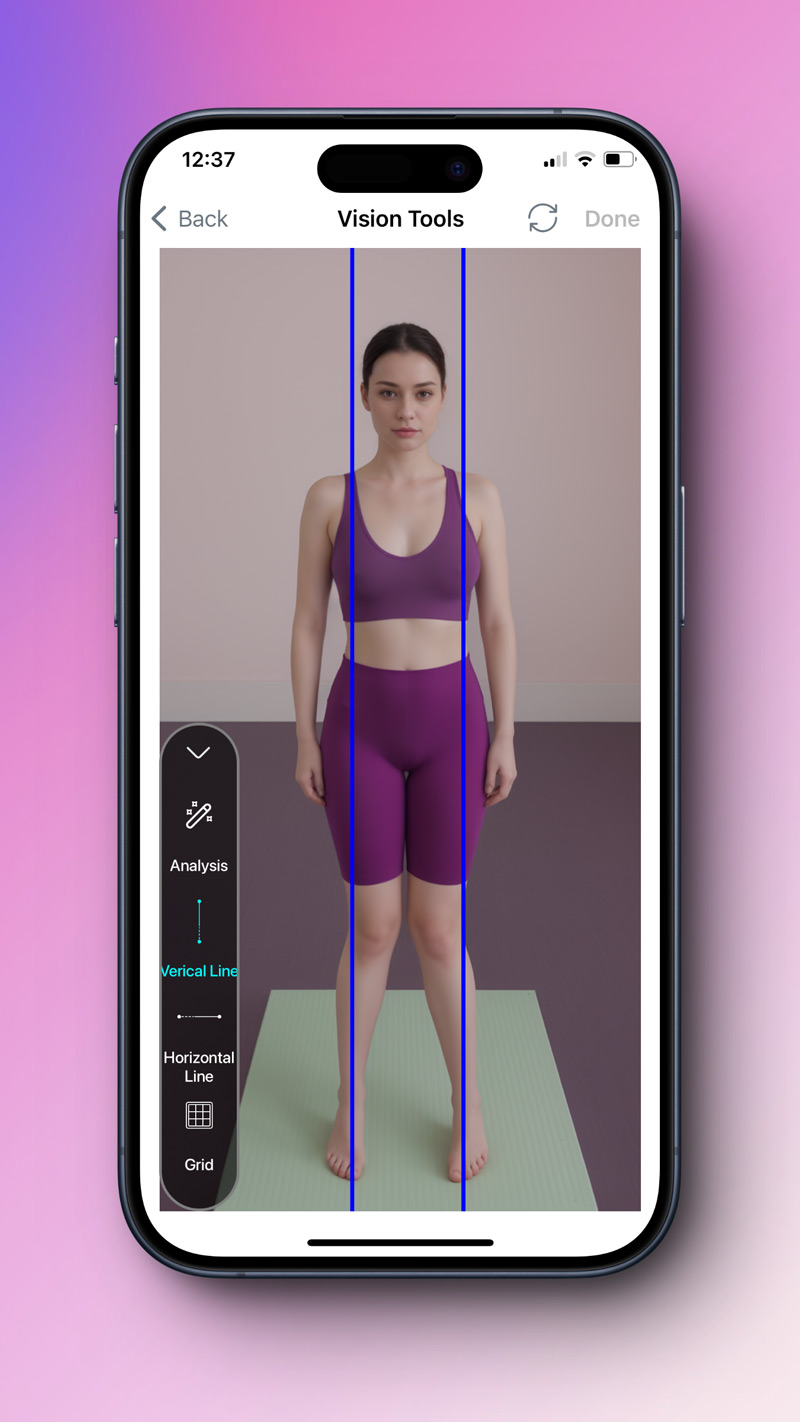
Knock Knees refers to the generic phrase genu valgum, also known as X knee. In this case, the person's knees are bent inward, touching when standing upright, while their feet are still apart. The legs form a shape similar to the letter “X,” which is the origin of its name.
Understanding Knock Knees
When standing, a person's knees bend inward and come into touch.
This inward angle modifies how weight is distributed over the knee joint, putting more strain on the inside side of the knee. This added strain may accelerate the degradation of knee cartilage and lead to joint damage.
The condition is frequently associated with weakness in the muscles that abduct and externally rotate the hip, as well as tight hip adductors. These muscle imbalances might aggravate the valgus deformity and result in inefficient movement patterns. This can be seen when a person stands, walks, or performs activities such as squats. As a result, certain exercises are essential for controlling knee valgus. Strengthening exercises, particularly for the gluteus medius, as well as stretching tight adductors, might help to address these imbalances.
There are several kinds of Knee Valgus, each with its own characteristics and origins:
1.Structural Knee Valgus:
• This kind is caused by problems with bone structure and alignment, which can be present at birth or develop later in life. It is characterized by a persistent malformation that is unaltered by movement or muscular tension. It is commonly seen in kids as a natural developmental phase, and it usually self-corrects by the age of 7 or 8.
2.Functional Knee Valgus:
• Unlike structural valgus, this form is caused by muscle imbalances, weakness, or poor neuromuscular control rather than bone structure. It is most visible during active movements such as squatting or leaping, when the knees collapse inward. Exercises should be modified to avoid knee collapse. Cueing to "push knees out" during squats, for example.
3.Postural Knee Valgus:
• Often linked to habitual bad posture, this type develops from extended periods of standing or sitting in certain positions, leading to knees bending inward. It’s more related to muscular and postural habits than structural issues.
4.Pathological Knee Valgus:
• This type results from underlying health conditions like osteoarthritis, rickets, or injuries. Here, the valgus deformity is a manifestation of the disease affecting the knee or nearby structures.
5.Obesity:
• Excessive weight can increase pressure on the knees, possibly triggering or worsening knee valgus.
6.Injury or Infection:
• Trauma or infections in the knee joint can cause knock knees.
7.Bone Diseases:
• Diseases like rickets, often due to a vitamin D deficiency, can also lead to genu valgum.
Analysing Knock Knees, Here's a step-by-step guide:
1.Activities and Medical History
With access to the Patient History and Symptoms Review: such as knee discomfort, instability, or trouble performing specific motions Assess how everyday activities, sports, or occupational demands may affect or aggravate the issue, as well as any history of knee injuries, surgeries, or underlying disorders such as arthritis.
2.Postural Analysis and Visual Inspection:
• Static Analysis: Assess knee alignment by observing the patient's standing position.
• Dynamic Analysis: Monitor the patient's functional motions.
3.Functional Movement Assessment:
• Gait Analysis: Examine your walking patterns for any indications of knee valgus.
Specific Tests: Perform functional tests such as single-leg squats or step-downs to assess knee alignment and lunges.

Select knee analysis and upload subject's required photos or snap pictures with your camera, resize it in shape, and then click the analysis button.
Use grids and calcualted angles to check every detail.

With the following Analysis, you can document the patients reports in their history and get a correct exercise plan.
Management and Prevention:
• Progressive Overload: Raise exercise intensity gradually to make sure muscles are developing without making knee valgus worse.
• Continuous Monitoring: Keep an eye out for indicators of knee valgus, since it can get worse with tiredness.
Exercise tips:
• Maintain proper alignment and technique during exercises.
• Strengthen hip muscles with exercises like hip abductions and lateral band walks.
• Strengthen quadriceps and hamstrings with squats, lunges, and hamstring curls.
• Include balance training exercises to improve stability.
• Avoid high-impact exercises that put excessive stress on the knees.
Conclusion
In summary, knee valgus, also known as genu valgum or knock knees, involves inward bending of the knees impacting weight distribution and potentially causing joint strain. Analysis entails patient history review, posture analysis, and functional tests. Muscle imbalances worsen the condition, managed through exercises emphasizing progressive overload, muscle strengthening, balance training, and avoiding high-impact activities.
| All Rights Reserved | FlexiTrace Developers LTD